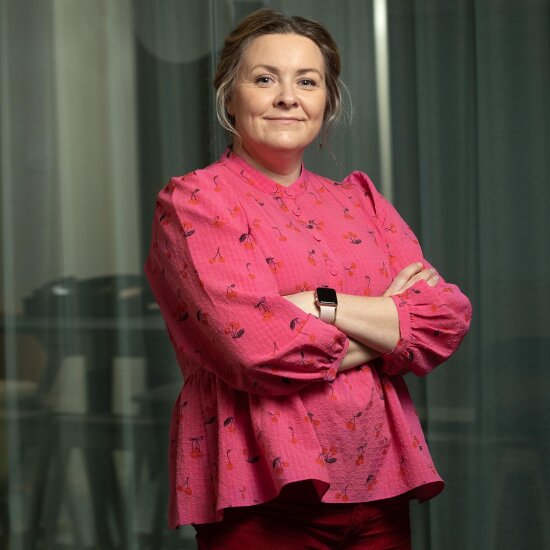1. Based on user needs
The extent to which your project develops and tests methods to identify users’ known and unknown needs is decisive for whether or not your project will receive funding. This may entail improvements of existing solutions in the market or the desire to create completely new concepts and solutions. It is important to describe the type of users involved in the project and how they are to be involved, preferably stating which methods you plan to use or test.
2. User of design competence
Design competence must be actively used in carrying out the project. That is why it is important that the application describe the role of the designer or design firm in the project, the tasks to be carried out and the internal and external expertise to be utilised. The organisation and integration of other relevant professional competence will also be considered carefully.
3. Degree of innovation
In assessing the applications, the methods or approaches used in the project should be innovative and differ from customary practice. That is why it is important to explain what makes your project innovative. The manner in which you plan to involve the users may be unique or perhaps the method for utilising design expertise is new to you or your sector. If the new product or service concept has a high degree of innovation, make sure to mention this specifically in your application.
4. Measurable effect
For the project to receive funding, it must yield concrete and lasting results. It is important to describe the goal and purpose of the project. The project should be intended to generate a concept that can be incorporated later on into the development or implementation phase. The effect of this implementation should be measurable among project participants after the project has ended, such as through increased expertise, enhanced innovative ability, greater customer satisfaction, a larger market share or new market access.
5. Useful for others
An important consideration is the degree to which the knowledge gained during the project is relevant and useful to others. This means that it will be assessed whether the project is relevant for a broad scope of users than those involved directly. That is why it is important to explain how the project and especially the user-driven design processes within the project can be used for the benefit and inspiration of others.
6. Communicating the results
The main intention of the Design-Driven Innovation Program is to gain more knowledge and know-how about methods and processes linked to this type of innovation work. It is therefore important that all experience documentation is made available to Design and Architecture Norway after the project.
If the limited access option is selected, it is important to describe the extent of this limited access, as well as why access is limited.
7. Additionality
The degree to which the project is ‘additional’ is also considered. This means that it encompasses activities that would not be carried out without the financial support of the Design-Driven Innovation Program. The option that best applies to the applicant should be selected.
8. Other important evaluation criteria
- How concrete or unique a problem will be tackled?
- How concrete is the description of the project goal?
- How firmly embedded in management is the project?
- How apparent is it that the project is a genuine idea development project and not an implementation project based on an existing idea?
- Does the process entail qualities that characterise a design-driven innovation process?
- How credible is the ability (financial, competence, organisation, commercial infrastructure, etc.) to use the results towards achieving the goals described in the application?


